Most electric bike riders start their cycling journey with a hard-tail electric mountain bike. As the rider’s riding skills have improved and a variety of exciting rides have enriched their lives, the inevitable dilemma of when to move from a hard-tail to a full suspension e-bike has arisen. Many voices are now saying that hard-tail electric bicycles are a thing of the past. In fact, hard-tails may be considered old-school, but they are a unique existence that has been certified by time and racers. Full-suspension electric bikes are gaining more and more attention as manufacturers continue to improve and upgrade, and Cyrusher, a specialized electric pedal bike manufacturer, has a wide range of styles to choose from. Both hard-tail and full-suspension style e-bikes hold a meaningful presence in the electric mountain bike market among cycling enthusiasts.
The hard-tail and full suspension of an electric bike give the rider a different feeling from the actual riding experience during a race or daily ride. Since there is a significant difference in performance and price between these two e-bikes, this is a critical decision for the customer. Choosing the wrong one may cause inconvenience to the rider. It is also because the performance gap between hard-tail and double suspension e-bikes has become smaller, making e-bike enthusiasts struggle with choosing. Choosing between a hard-tail and a full suspension electric bike becomes an important issue worth considering. Riders with some riding experience are also starting to wonder when it's time to move to a full-suspension e-bike. Many factors determine the form of switching to a new ebike, such as weight, cost, and the type of terrain you ride in more often than not, so it's essential to understand these factors before upgrading to a full-suspension ebike.
The first thing that needs to be emphasized is the most crucial difference between the two e-bikes. Using the Cyrusher XF650 and XF800 as examples of two different styles of electric mountain bicycles, the Cyrusher XF650 hardtail electric bike and the Cyrusher XF800 full-suspension electric bike both have superior capabilities in cycling competitions.

(The picture on the left is the Cyrusher XF650 hardtail mountain bike, and the picture on the right is the Cyrusher XF800 full-suspension mountain bike.)
The most fundamental difference between the two electric trail bikes is that the hard-tail electric bike XF650 is equipped with only front shock suspension, while the XF900 is equipped with front and rear suspension.
The Cyrusher XF650 hardtail electric bike features no rear suspension and a rigid rear end, which means that in more varied terrain, the rider feels the rugged form of the terrain environment more intensely through the rear wheel. The hardtail e-bike has only front suspension, giving the rider a lighter and simpler ride.
What is the unique advantage of a hardtail?
The frame weight of a hardtail tends to be lighter than the frame of an entirely shocked ebike. A rigid e-bike provides better power at the rear wheel for climbing uphill and sprinting, making it a good choice for riders who need to climb hills and mountains. On trails or flat roads that don't require much skill, a hardtail mountain bike can be a more direct way for the rider to get the feel of the ride. The hardtail does not lose energy due to rear-end compression compared to a full-suspension electric bike with a rear shock absorber. While a hardtail is more rigid, rougher, and more uncomfortable for a rider to ride in a race, it forces the rider to ride at a speed better suited to their skill level. Riders can learn more about tackling road obstacles without the help of the rear shock suspension. At the same time, it will also teach the rider to choose the line to avoid the shock of the rigid back end in rough terrain.

The Cyrusher XF800 full-suspension electric bike features a front suspension and a rear shock absorber that gives the rider more confidence. Generally speaking, it will be heavier than a hardtail electric bike. But this is not important for electric bikes, and with technical improvements, the suspension is equipped with a preload lock function, and the ability to pedal uphill is improved.
Where does full suspension excel?
Full suspension e-bikes perform better in the face of the rugged terrain of all kinds. While hardtail e-bikes struggle to tackle undulating terrain obstacles, full-suspension e-bikes quickly pass through rough paths with perfect shock absorbers. In addition, for long downhill sections that need to be completed, the rear shock absorber of the full-suspension e-bike ensures that the wheels are in contact with the ground and have strong traction, easing the rider from the impact brought by the environment. The shock absorber also ensures better steering control in rough terrain, reducing the risk of tipping and reducing rider fatigue during long rides and events. In terms of stability and the ability to control steering, a full-suspension electric mountain bike can boost rider confidence. After you have mastered some basic off-road skills, excellent full suspension can better deal with different complex terrains.
The comparison allows you to revisit the main differences between the two styles of electric bicycles in terms of their strengths and weaknesses. Then, before considering whether to upgrade from a hardtail e-bike to a full-suspension e-bike, you also need to consider the differences between the two so that the rider can be prepared to make the switch. If you have thought about switching between two different types of e-bikes, the price and technical differences between a hardtail and full shock will be the most obvious differences you will notice.
The technical route of riding the two electric mountain bikes
The difference in riding experience between hardtail and full-suspension e-bikes on climbs and descents is obvious. Hardtail e-bikes typically exhibit less weight during road climbs over mountain ranges due to the lack of added weight of the rear shock absorber and suspension linkage. In terms of actual climbing results, the hardtail shows relatively more ability at speed. The full suspension electric bike can get more traction in the technical sections of the descent. The rear shock absorbs a large part of the impact during the downhill jumps, allowing the rider to get a more comfortable riding experience. So for riders who are usually more in the climbing terrain and have a high tolerance for the harsher and more relentless bumps in the rear wheel, a hardtail is a relatively good choice. Suppose you are more often looking for a downhill sprint and jumping challenge. In that case, a full-suspension e-bike is worth competing with a hardtail electric bike for the added comfort of the rear suspension to eliminate the sting of ground impact to the rider.
The price difference between hardtail e-bikes and full suspension e-bikes
Compared to hardtail ebikes, full suspension ebikes are relatively more expensive. Because full suspension provides additional shock absorber technology components, the initial cost will be higher. Also, in terms of e-bike maintenance costs, the extra features of a full suspension require more maintenance from the rider to keep the ride enjoyable. If you have a smaller budget, then a hardtail electric bike is still a better cost-effective option for riders to improve their overall riding skills with a hardtail electric bike. For a quality full suspension e-bike, the performance, comfort, and reliability are more competitive in comparison. So your budget will be essential in determining whether or not you convert.
Differences in fatigue between the two electric mountain bikes during the race
As mentioned earlier, the two styles of hardtail and full-suspension electric bikes show different abilities going uphill and downhill during the race. When a hardtail ebike goes through a downhill course, the large jumps combined with the rigid rear end can cause an impact on the rider's lower back, increasing riding fatigue and the risk of injury due to bumps. And full-suspension electric bikes in the uphill section, the dual suspension to climb over the added weight, need more extra effort to complete the uphill task. This process will bring some fatigue. When considering converting to a full-suspension electric bike, riders who prefer the fun and comfort of a downhill ride can choose to switch from a hardtail to a full-suspension electric bike.

In which cases is it time to upgrade to a full-suspension mountain bike?
Based on the previous comparison of the differences between a hardtail and full-suspension electric bicycles, and taking into account the current popularity of full-suspension electric bicycles, think about the reasons you want to upgrade from a hardtail to a full-suspension electric bike and see under which circumstances you can convert from a hardtail to a full-suspension electric bike.
- Good performance in rugged terrain:
The full-suspension electric bike helps the rider quickly pass through rough sections such as tree roots and gravel through the front and rear suspensions in a difficult terrain environment. The full suspension can maintain reasonable control and steering in rugged terrain riding without too much impact from the ground. When you have gained some riding skills through past hardtail riding and want to challenge a more rugged terrain environment, converting to a full-suspension electric bike brings you more fun.
- Seeking comfort:
Excellent traction with ground contact in jumping downhill. Magic technology for riders with lower back injuries to relieve fatigue. If you've suffered an injury from past hardtail riding, consider upgrading to a full-suspension mountain bike, in this case, to protect your joints and reduce the risk of lower back injuries. Although in many races in the past, it is generally believed that rigid, hardtail electric bikes are the better choice. That's because, for beginners, the hardtail can transmit a more natural feeling from the ground through the motor and wheels, which is beneficial for the rider to train his riding skills. Once you've reached a certain level of riding, switching to a full-suspension e-bike will give riders better protection and fun.
- Enriching the experience:
Full-suspension electric bikes are gaining more supporters as they continue to be upgraded and improved by manufacturers to provide a comfortable and fun riding experience. For example, the switch setting of the suspension, which locks the shock-absorbing suspension on the flat road and turns on in the bumpy terrain, allows riders to switch between multiple types of riding, getting a richer riding experience compared to the hardtail. If you want a varied riding experience, then this is your best chance to switch to a full-suspension electric bike in this case.
- Budget-friendly:
Full-suspension e-bikes are relatively expensive in the market, and if you want to upgrade from a hardtail to a full-suspension, this also means that the maintenance cost of the ebike will increase. So, in addition to the previous performance points, you can also consider the budget to get a better ride. If your budget is temporarily tight, make full use of your funds. The Cyrusher XF650 is also a very popular hardtail. If you already have a hardtail, you’re also looking for a fun full-suspension bike that can handle all terrain. Cyrusher will have more full-suspension mountain electric bikes for you to choose from.

All in all, a hardtail electric bike is great for beginners to improve their riding skills, but its rigid rear end makes it nearly impossible for the rider to tackle too many terrain conditions. If many people are sedentary at work, then a hardtail is no longer for you, and switching to a full-suspension ebike will be more comfortable and offer more forgiveness of terrain. Cyrusher e-bikes provide a wide selection of models in this area of full-suspension ebikes. The question of when to convert from a hardtail to a full suspension depends mainly on the terrain you choose and the riding experience you are looking for. Whether off-road racing or everyday riding, full-suspension e-bikes are becoming more appealing and technical. While a hardtail will allow you to learn the basics of riding, you will become a better rider after upgrading to a full-suspension mountain bike, and a full-suspension e-bike will be the best choice for the hardtail rider who has improved their cycling skills.
-You may also like the following articles:
-Electric Bike Manufacturer-- Cyrusher

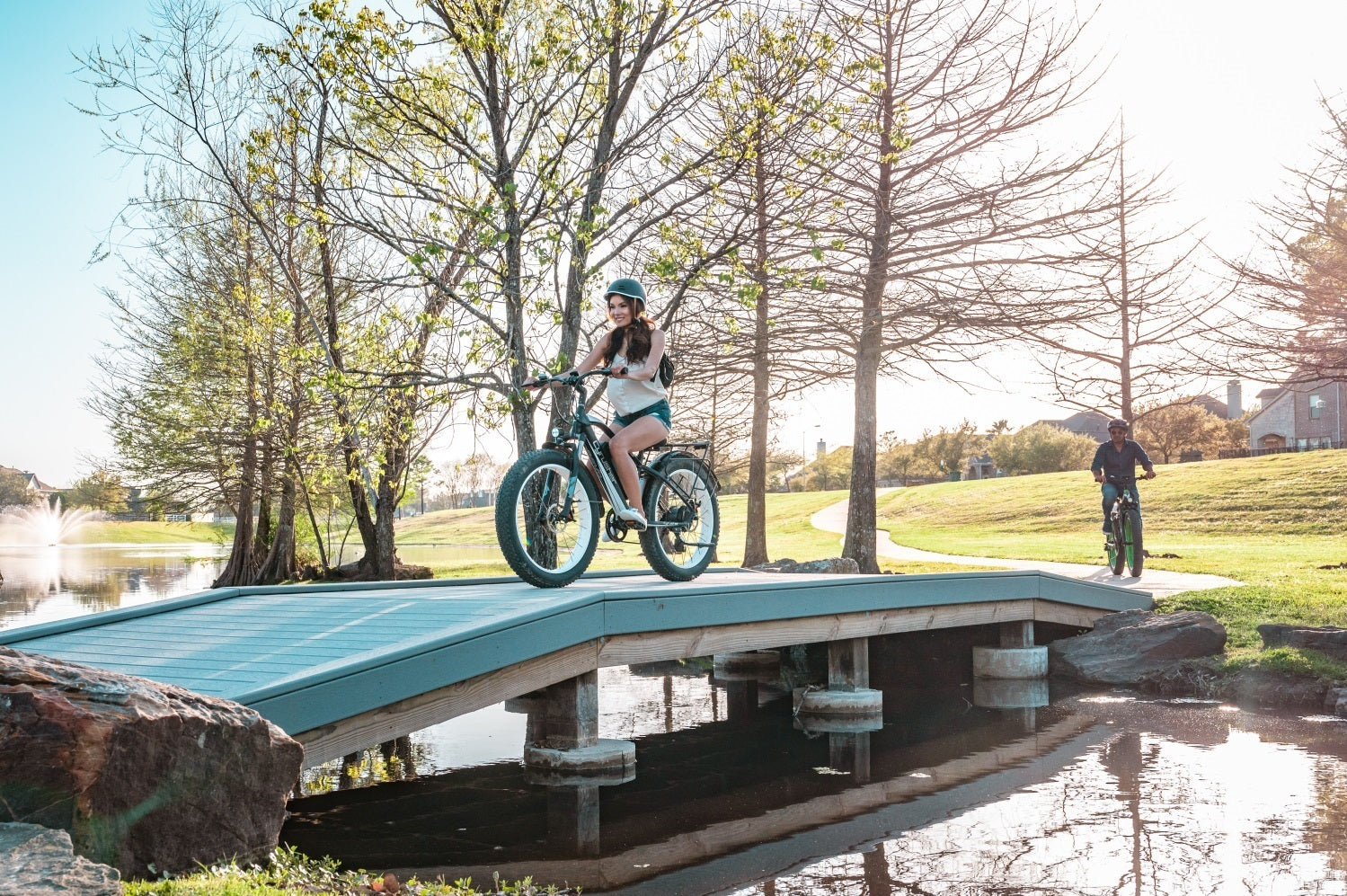
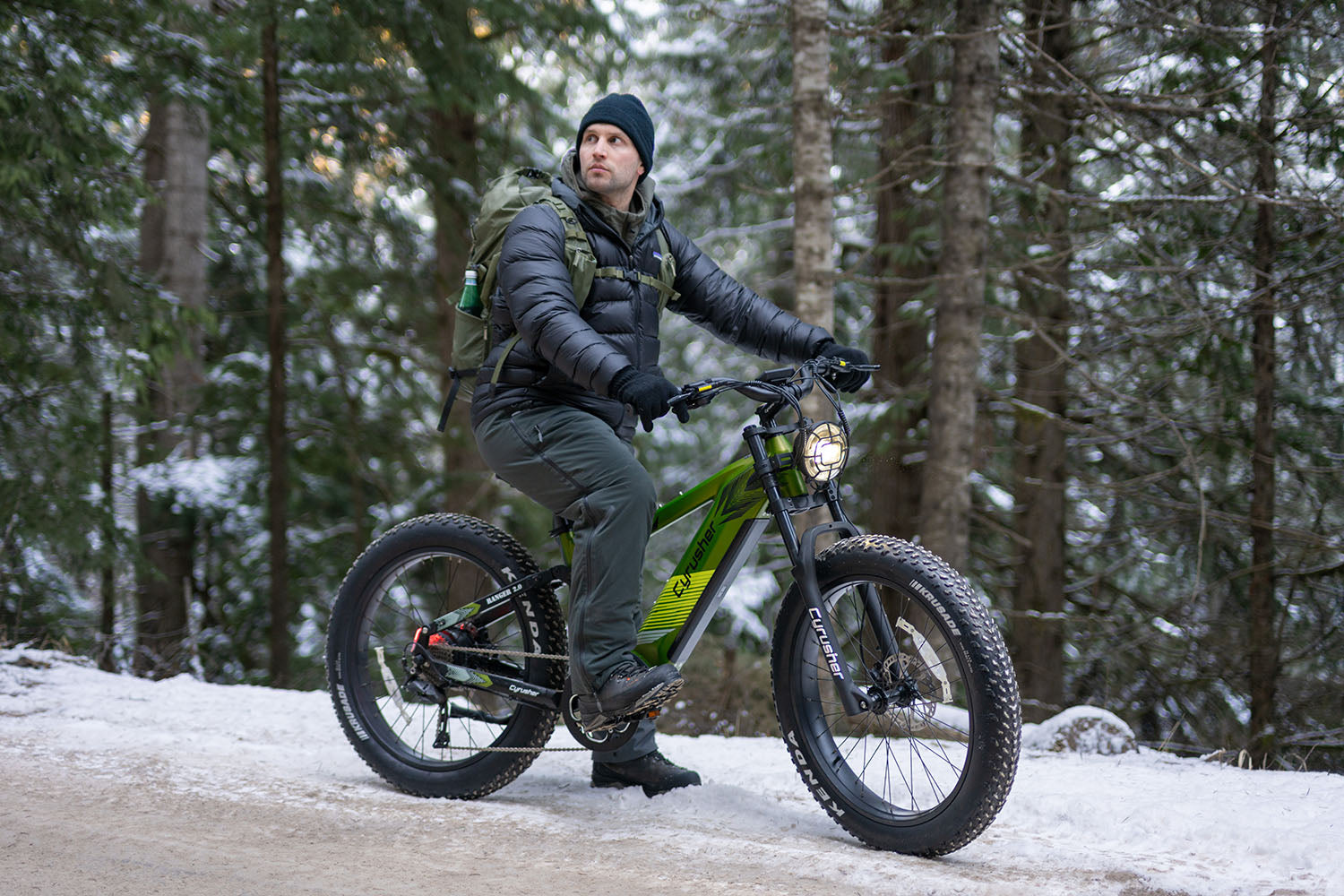
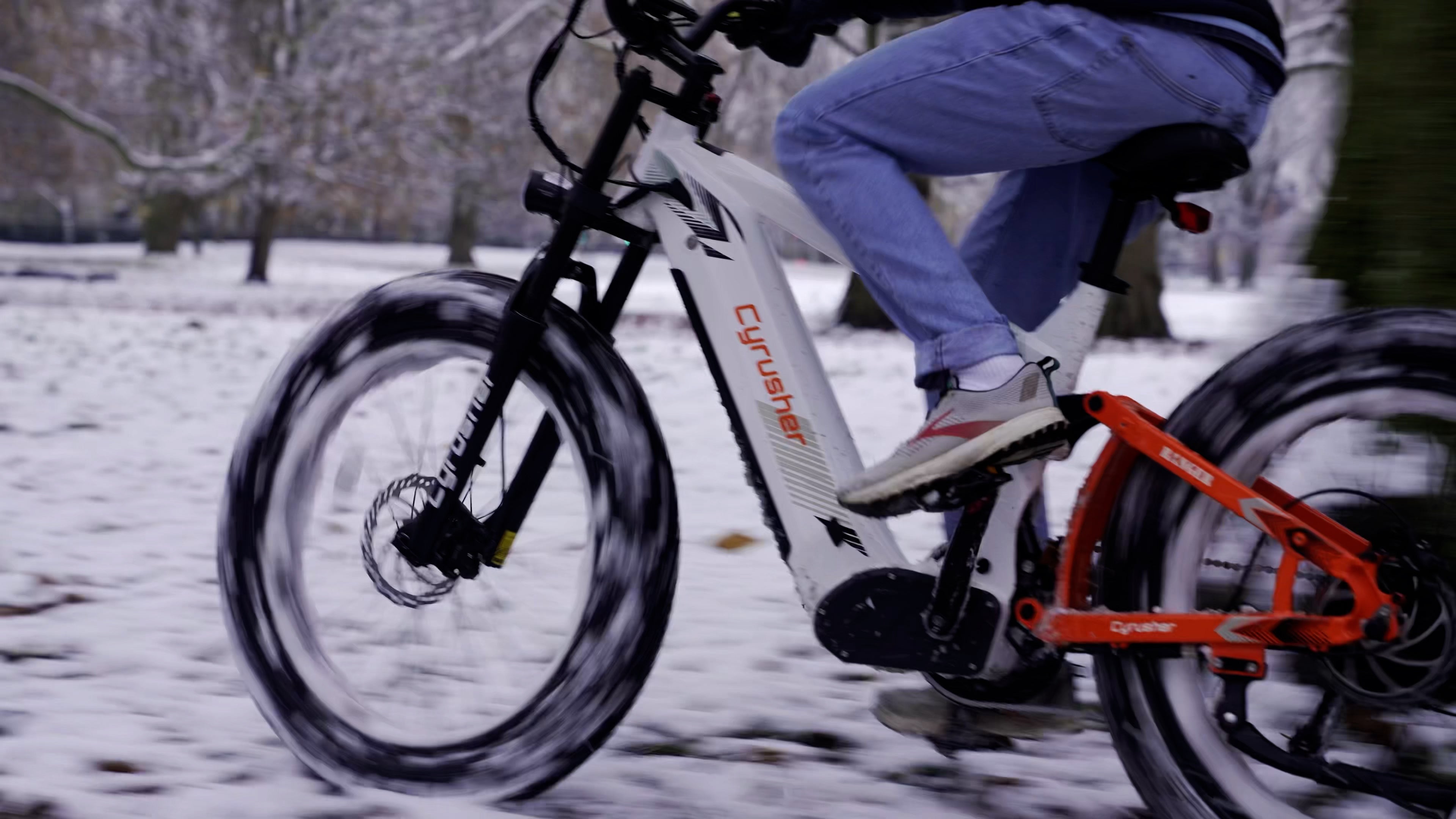
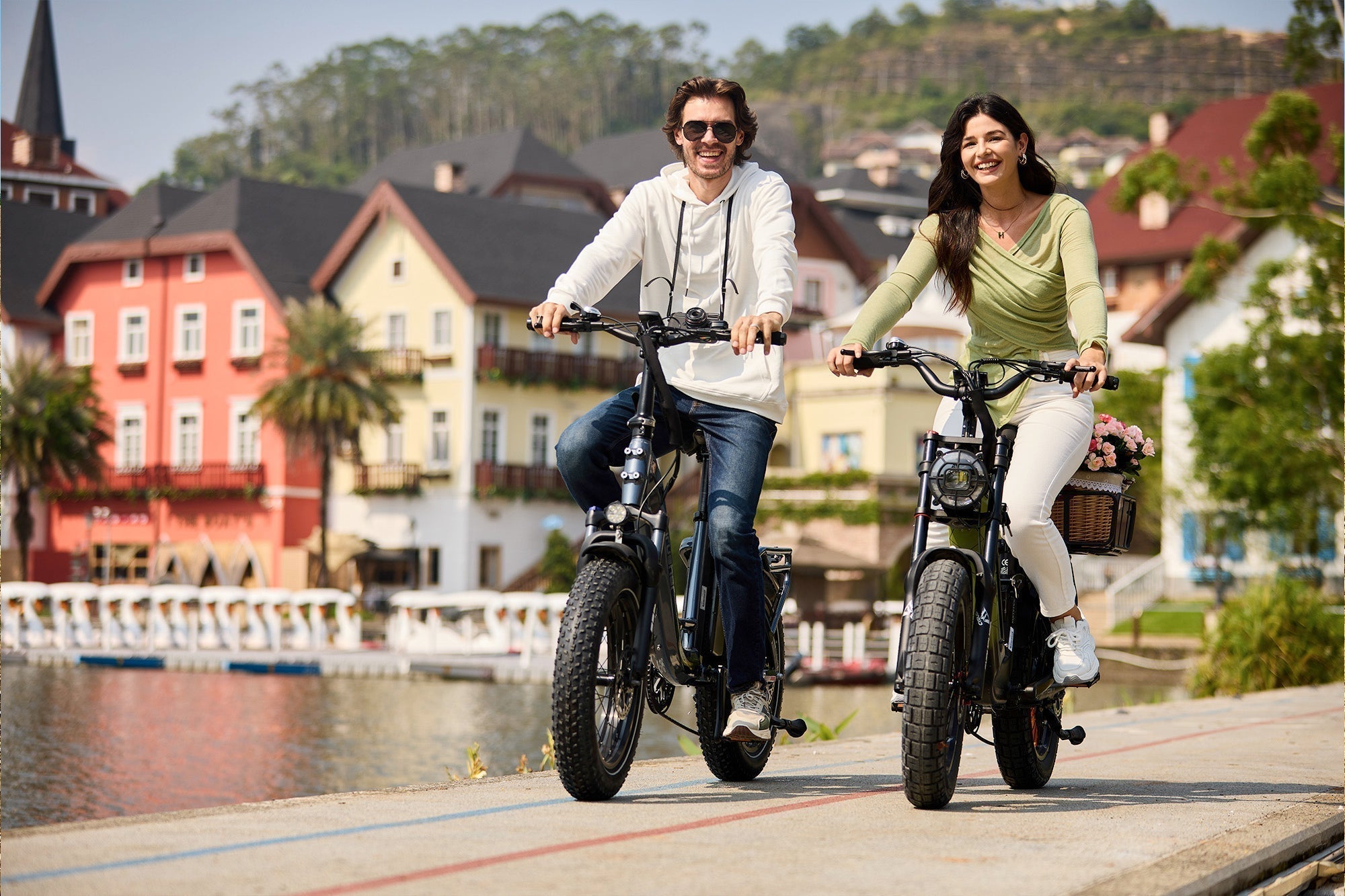
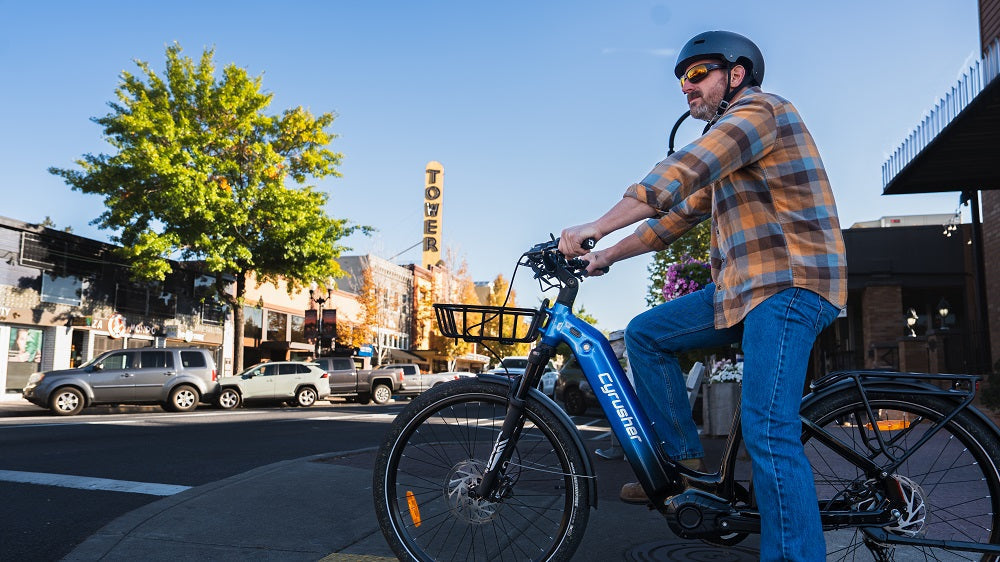

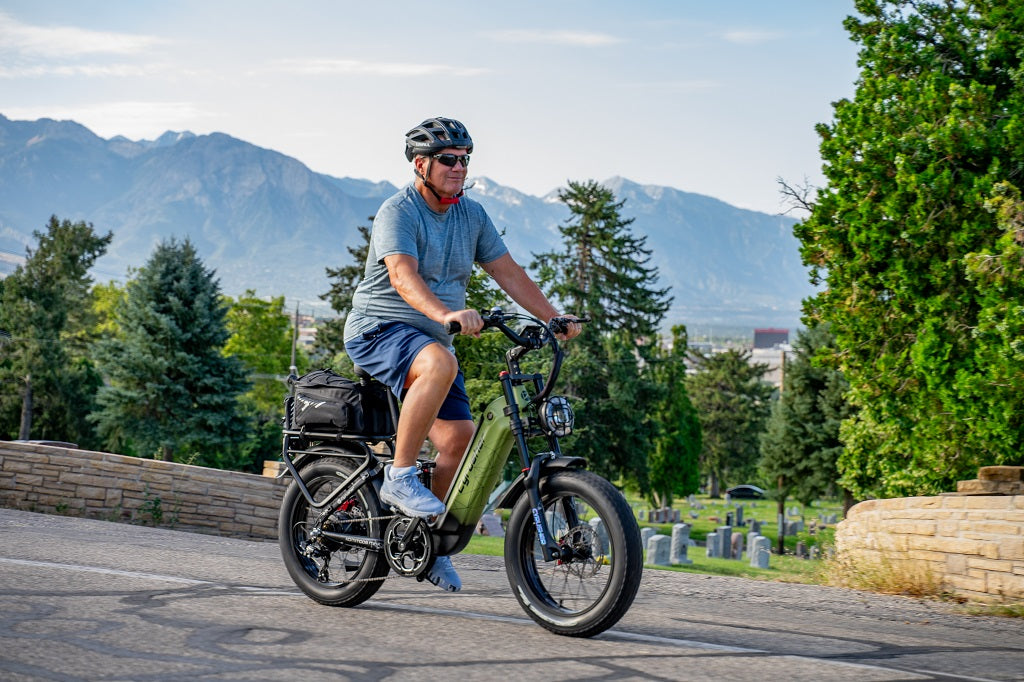
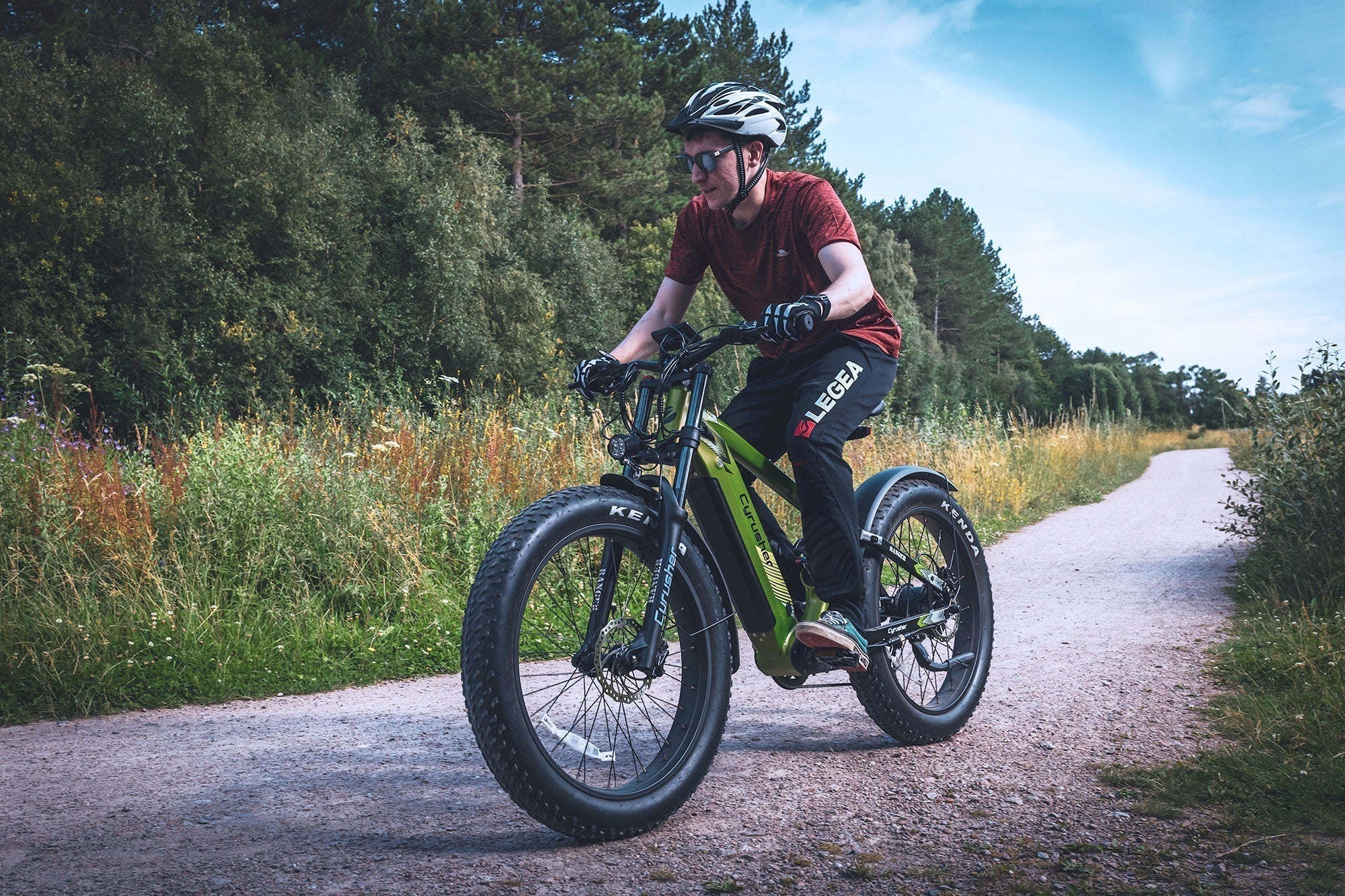
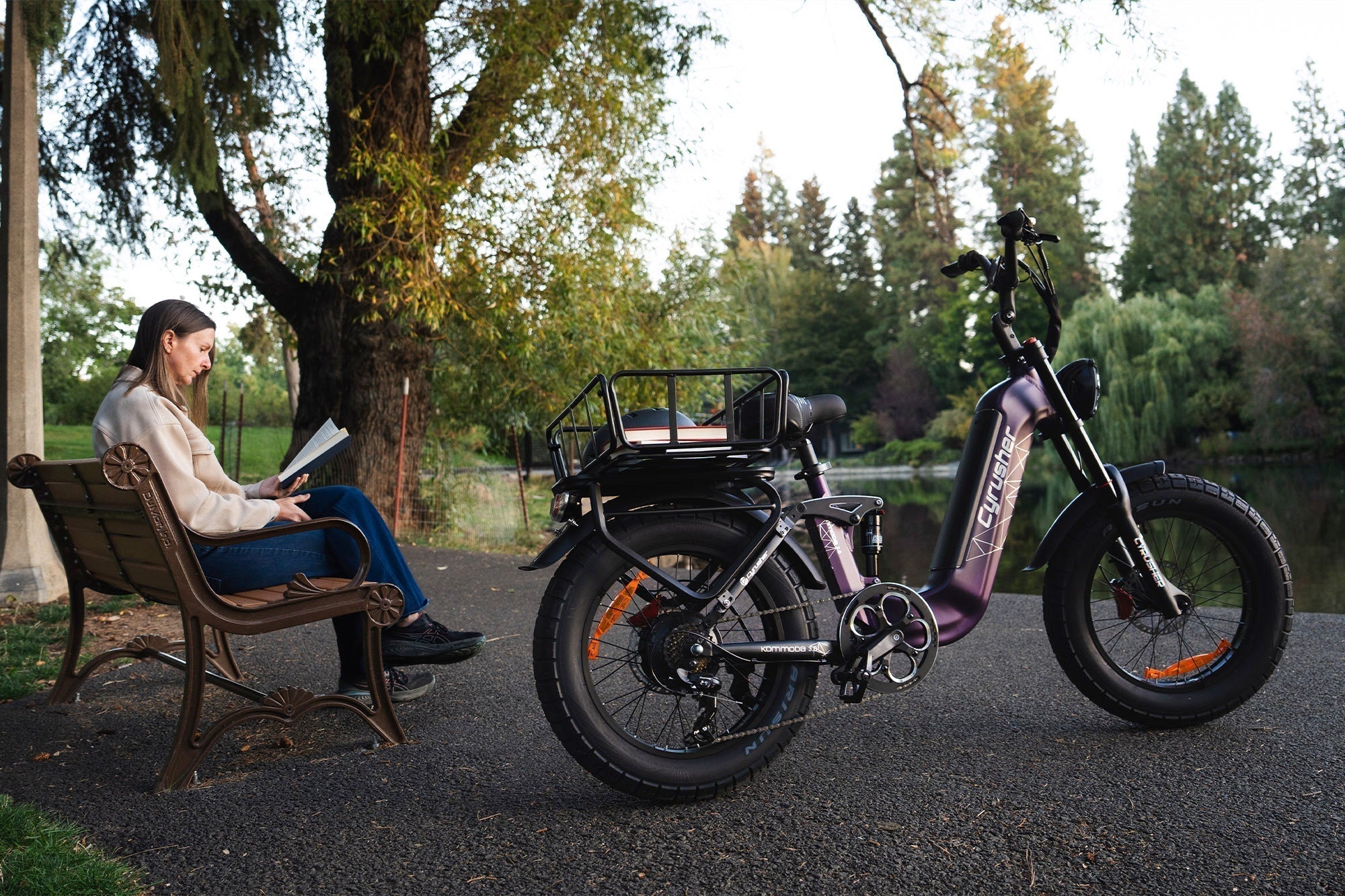
Share:
How long can the battery of an electric bike last
How to protect the motor of an electric bike